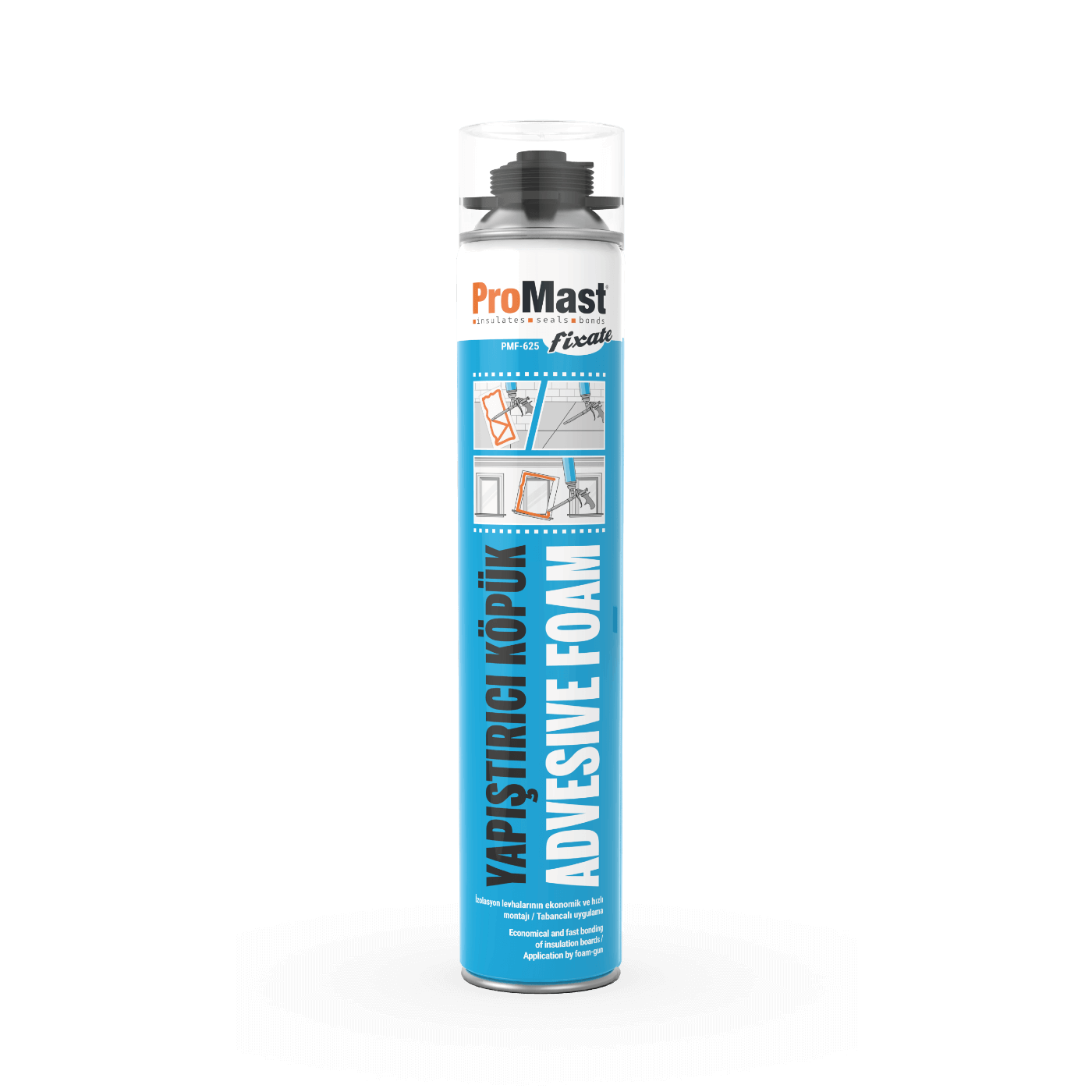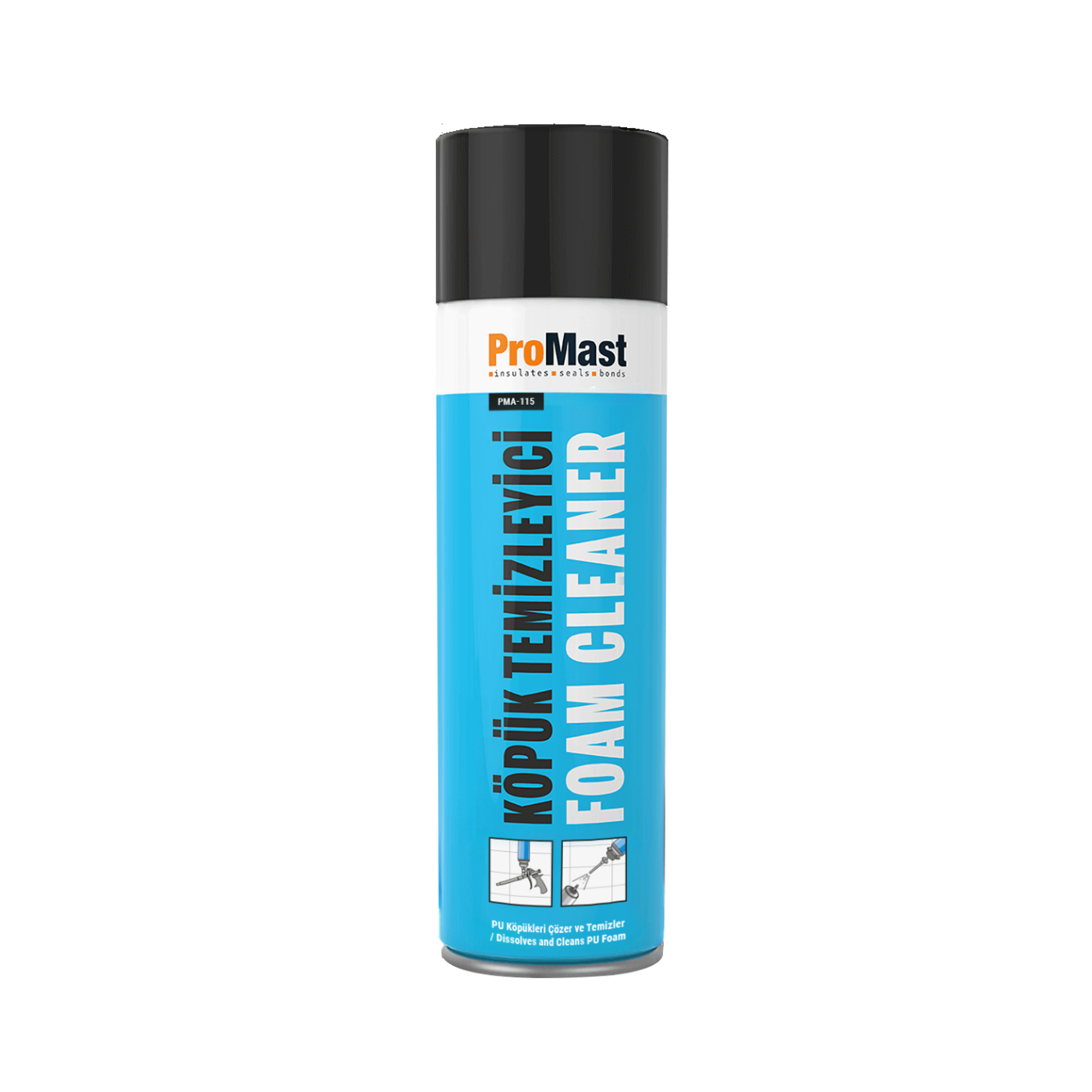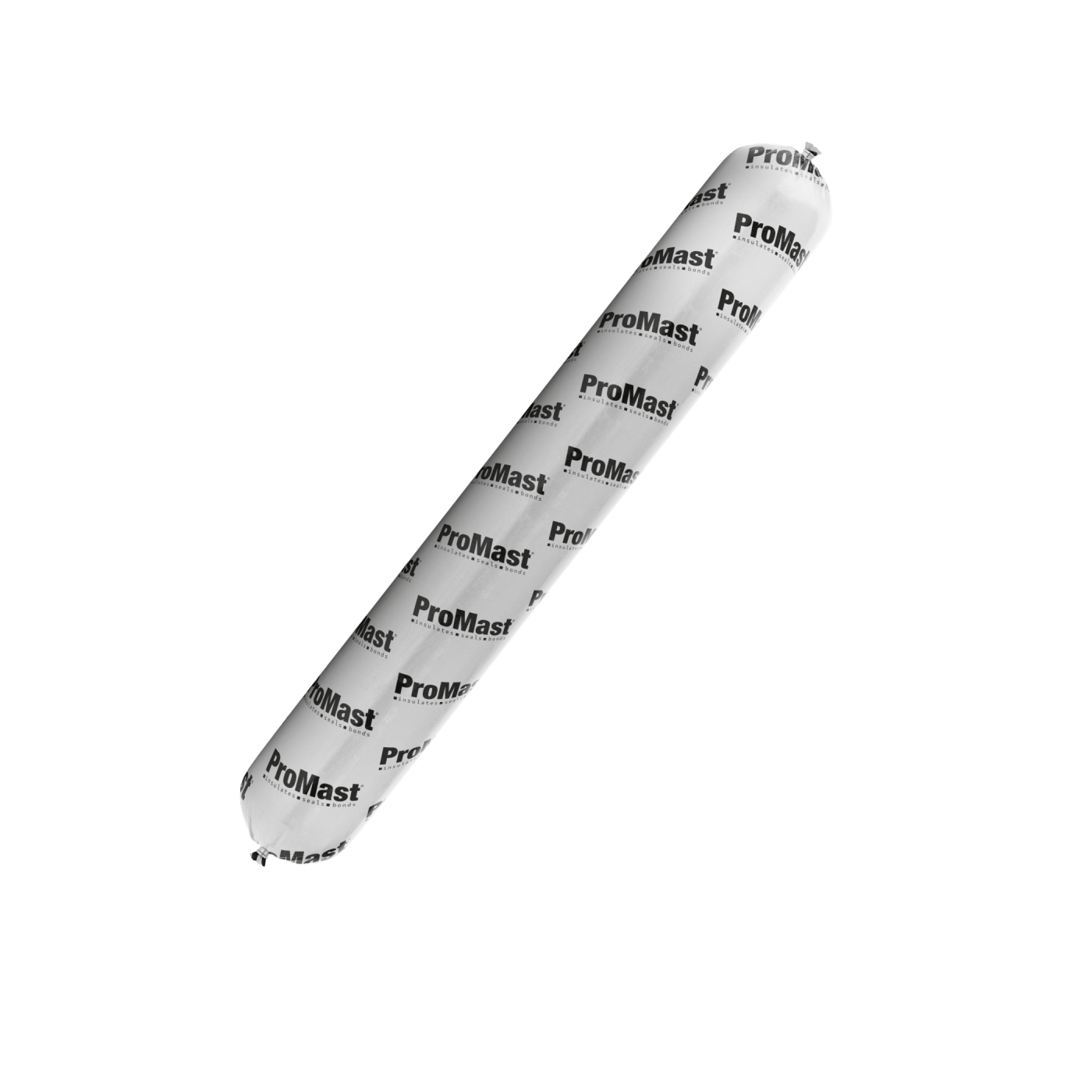- Promast
- Promast
- Products
- Aerosol PU Foams
- Fixate

Adhesive Foam
Fixate

Adhesive Foam
Fixate
It is a low swelling and high adhesive polyurethane gun foam which is specially formulated for the bonding of polystyrene-based jacketing plates and jambs.
750 ml
15 months
It is a low swelling and high adhesive polyurethane gun foam which is specially formulated for the bonding of polystyrene-based jacketing plates and jambs.
750 ml
15months
Specifications
It is low weight, unlike adhesive mortars, which does not put a static load on the building.
Due to its low expansion, it applies very low pressure to the surfaces.
It provides economical usage compared to alternative adhesives.
It contains fire-retardant additives.
Dries easily.
It accelerates and facilitates the installation of insulation boards and contributes to heat insulation.
It saves time as it accelerates the transition to the plaster stage after the insulation boards are bonded.
Application areas
Bonding of EPS and XPS insulation boards to the exterior of buildings.
Bonding polystyrene jambs to concrete, plaster, and wooden.
Bonding polyurethane and rock wool panels.
Technical info
Density: 21 kg/m³
Tack-Free Time: 5-7 minutes
Cutting Time: 25-35 minutes
Shelf Life: 15 months
Volume: 750 ml
Shrinkage: 5% max
Application methods
Take off the protective lid from the adaptor.
Attach the foam gun to the adaptor by twisting or.
Attach the straw to the adaptor SLOWLY by twisting.
Turn the can upside down and shake vigorously.
Point the straw to the application area, hold the adaptor and twist the can until the foam comes out.
To adjust the foam output, turn the can left and right.
Place the protective lid onto the straw after the end of the application.
Safety info
It contains diphenylmethane -4, 4 diisocyanates. If inhaled for long periods, it may cause sensitivity to respiratory organs. If the wet foam contacts the skin for long periods, it may cause local rash and sensitivity on the skin. For this reason, the environment should be well-ventilated during the application, contact with the skin should be avoided and protective gloves and safety goggles should be worn while working. The aerosol can is filled with combustible propellant gasses under high pressure. It should not be punctured and should be kept away from any heat source or flames.
Warnings!!
Applying with a foam gun will increase the output yield from the can.
At temperatures below 10°C, the aerosol can be brought to room temperature before the application.
It is low weight, unlike adhesive mortars, which does not put a static load on the building.
Due to its low expansion, it applies very low pressure to the surfaces.
It provides economical usage compared to alternative adhesives.
It contains fire-retardant additives.
Dries easily.
It accelerates and facilitates the installation of insulation boards and contributes to heat insulation.
It saves time as it accelerates the transition to the plaster stage after the insulation boards are bonded.
Bonding of EPS and XPS insulation boards to the exterior of buildings.
Bonding polystyrene jambs to concrete, plaster, and wooden.
Bonding polyurethane and rock wool panels.
Density: 21 kg/m³
Tack-Free Time: 5-7 minutes
Cutting Time: 25-35 minutes
Shelf Life: 15 months
Volume: 750 ml
Shrinkage: 5% max
Take off the protective lid from the adaptor.
Attach the foam gun to the adaptor by twisting or.
Attach the straw to the adaptor SLOWLY by twisting.
Turn the can upside down and shake vigorously.
Point the straw to the application area, hold the adaptor and twist the can until the foam comes out.
To adjust the foam output, turn the can left and right.
Place the protective lid onto the straw after the end of the application.
It contains diphenylmethane -4, 4 diisocyanates. If inhaled for long periods, it may cause sensitivity to respiratory organs. If the wet foam contacts the skin for long periods, it may cause local rash and sensitivity on the skin. For this reason, the environment should be well-ventilated during the application, contact with the skin should be avoided and protective gloves and safety goggles should be worn while working. The aerosol can is filled with combustible propellant gasses under high pressure. It should not be punctured and should be kept away from any heat source or flames.
Applying with a foam gun will increase the output yield from the can.
At temperatures below 10°C, the aerosol can be brought to room temperature before the application.


